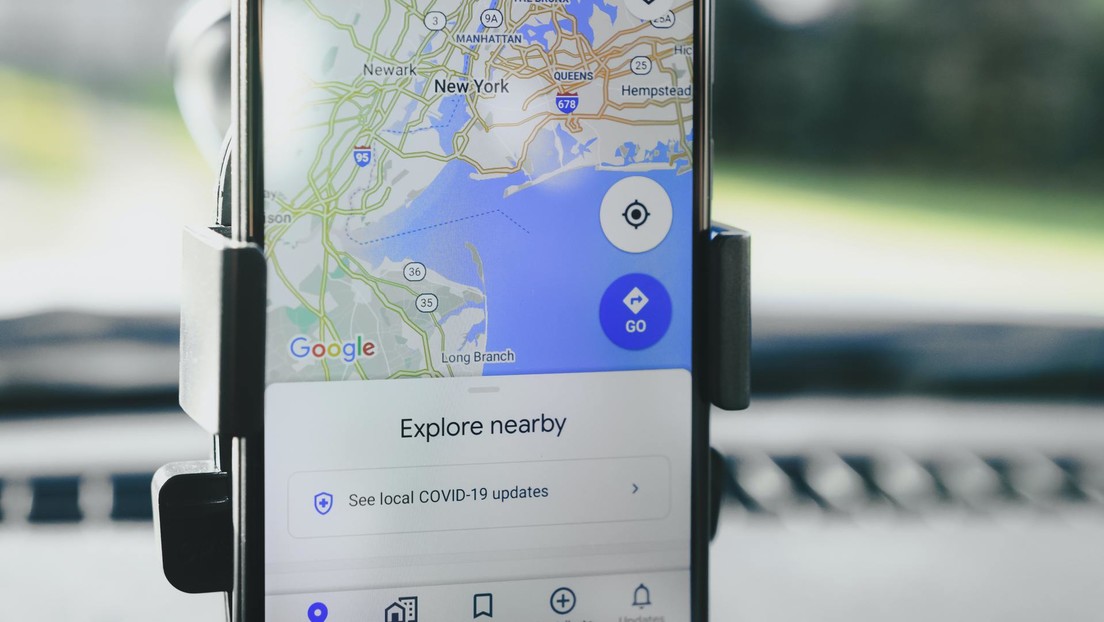Posted:
September 28, 2021 10:19 GMT
By analyzing the signals from six Starlink satellites traveling on different paths, the researchers were able to determine their location on Earth within a radius of 7 to 8 metres.
A team of scientists from the University of California (USA) was able to create their own location tracking mechanism, independent of traditional Global Positioning Systems (GPS), by analyzing the signals emitted by Internet satellites, as shown in study It was published September 20 in the scientific journal IEEE Transactions on Aerospace and Electronic Systems.
Previously, the team had already demonstrated the ability to track a specific location based on the satellites of telecom companies such as Orbcomm or Iridium Communications. Now, for this study, the researchers used satellites Starlink, Elon Musk’s Project Operated by the space company SpaceX, it is one of the most famous and popular constellations of satellites launched into space in recent years.
It is much easier to intercept the Starlink network, which includes more than 1,700 satellites and aims to provide global broadband connectivity to the entire planet, and is located close to the Earth’s surface, than it is to satellites of government systems such as GPS, from the United States. The Ministry of Defense, or the Galileo European Navigation System, whose signals are still easier to object.

“I want to get to a point where I can say “No GPS, no problem”“, She said Zaher Zak Kassas, one of the study’s authors.
Based on the premise that signal waves are compressed and elongated as the satellite moves relative to a stationary observer, the scientists were able to capture the electromagnetic waves emitted by the satellites and, without decoding them, analyze the shape of each signal in order to determine the distance to the satellite in question. By analyzing the signals from six Starlink satellites traveling on different paths, the researchers were able to Determine your location on the ground in a radius of 7 to 8 meters.
While the location tracking system provided by the scientists is not as accurate as traditional GPS, the team expects its results to improve as the Starlink satellite network grows.
“We are eagerly waiting for SpaceX to release more of these birds,” Casas said.

“Problem solver. Proud twitter specialist. Travel aficionado. Introvert. Coffee trailblazer. Professional zombie ninja. Extreme gamer.”




More Stories
With a surprise in the case: a strange cell phone from Nokia was introduced
PlayStation Stars: what it is, how it works and what it offers to its users | Sony | video games | tdex | revtli | the answers
t3n – Digital Pioneers | digital business magazine